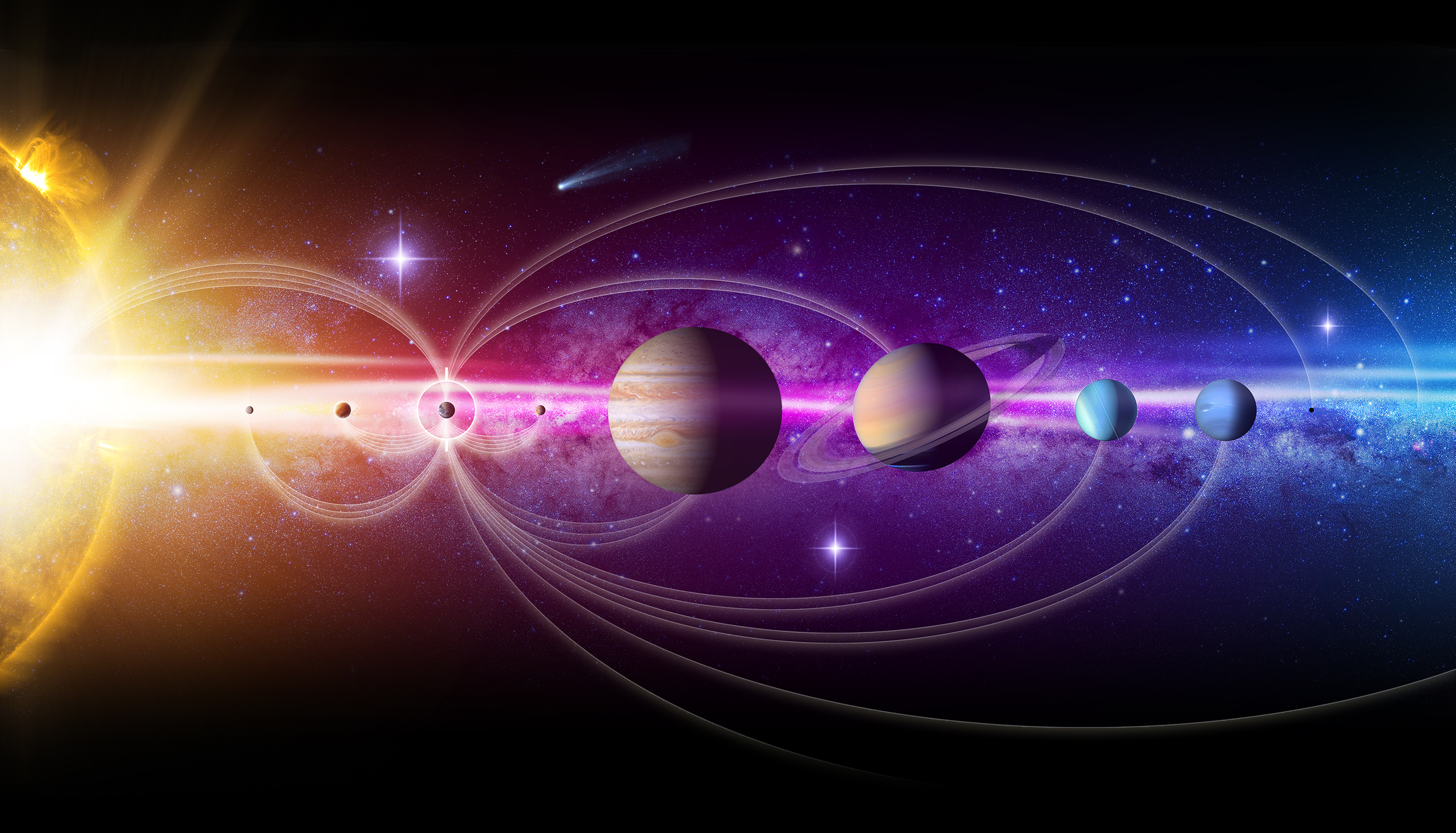NASA has revived the dreams of many optimists hopeful of smashing the dire predictions of the ideal rocket equation. Insane designs have long been dreamed of by lunatics attempting to create breakthroughs with the power of the atom, but a NASA research program in the 70’s laid encouraging groundwork for a possible fission rocket. NERVA engine designs use supercritical fission reactions to heat and expand liquid hydrogen, that is then expelled from a nozzle to generate thrust. This is different than classic chemical rockets, which use combustion to generate the entropy necessary to expel matter from a nozzle at high speeds. A NERVA engine powered rocket only needs to carry hydrogen with it as fuel, where chemical rockets require both hydrogen and oxygen to generate thrust.
The essential issue with rockets is that the amount of fuel needed to escape Earth orbit must comprise a large majority of the rocket mass. The rocket body must be as light as possible to allow for any payload transport. The Saturn V rockets were able to transport 4% of their mass to orbit as payload, while the theoretical limit of chemical rockets is 5% payload. This means that even substantial investment will not improve transportation capabilities by a significant amount. This is why you see companies attempting to reuse rocket bodies and engines – reusability is really the only way to decrease the immense cost of transporting mass to orbit.
Russia and the US are now attempting to produce fission-powered rocket engines to expand human capabilities in space. Reaching Mars currently takes around 200 days for unmanned spacecraft. A craft with crew and supplies to potentially establish a colony, along with the fuel to reach Mars, would have a much longer journey with current propulsion methods. Nuclear propulsion, with its high potential energy density, could increase the payload mass percentage of a Mars bound spacecraft, loosening the daunting design constraints that exist around any such mission. Atomic reactors will also be necessary to power human colonies on other worlds, as they are easily the most transportable energy generation solution.

This writer argues that humanity’s only hope of large scale space exploration lies in the use of the highest potential energy densities possible: nuclear fission and fusion. Fusion is unlikely to be a reality for generations, especially in spacecraft. It is essential that our private space companies and governments pursue meaningful methods of atomic propulsion, else we may never get to travel beyond the Moon in a permanent way.










